| Poinsettias are a beautiful–and safe–plant for Christmas color! |
During the winter months, fresh garden life can be hard to find outside as most plants have gone dormant until spring. Thankfully, though, you can add life with some indoor color at Christmas. Whether you use poinsettias, living Christmas trees, or plant an amaryllis bulb with anticipation of color in a couple months—there is still plenty of life to be found at this time of year.
Poinsettias have long been the classic Christmas flower. With options ranging from bright red and white to more unique colors like burgundy or variegated red and white, a poinsettia works great for decorating your home. But what if you have kids or pets and have heard poinsettias are poisonous?
For years, people have believed that poinsettias could poison—and even outright kill—children or pets if they ate parts of the plant. Thankfully, that idea is entirely false. While it’s true that eating several dozen poinsettia leaves or bracts—which are the colored leaves you may call the “flowers”—could give you a stomach ache, so would eating several dozen of just about anything. After all, didn’t your mom tell you if you ate too many cherries you’d get a stomach ache?
In reality, there has never been a documented case of so-called “poinsettia poisoning,” so rest easy—your kids or grandkids won’t die if they take a bite, and given the bitter taste of the plants, your puppy probably won’t venture more than a bite, either. So enjoy a poinsettia!
Now, here’s a tip for poinsettia care: don’t overwater. Most plants you buy come in colorful foil, and while the sleeve is pretty, it can also trap excess water. The best way to know if your plant needs water is to pick it up. Get an idea for how heavy the plant feels after it’s been watered, and when it starts to feel light, add a little bit of water. Remember, if your plant feels too heavy, check inside the sleeve and dump any extra water pooled up inside. Chances are, unless your poinsettia is near a heat source, you’ll only have to water once or twice a week.
For most people, either a fresh-cut or artificial tree is standard fare for Christmas. If you want to enjoy a more lasting option though, try a living tree! Many nurseries around the county carry a selection of living trees that will work great inside the house this year and decorated with lights outdoors for years to come. At Vander Giessen Nursery, a couple of our favorites are Serbian Spruce and Norway Spruce. Unlike many varieties of fir, they transplant well, and unlike several varieties of spruce, have very few insect problems.
| ‘Red Lion’ amaryllis–a great gift |
If you choose a living tree, give it a day or two in your garage before you bring it indoors to acclimate it. Likewise, do the same when you move it back outdoors after Christmas. To avoid a mess, wrap the rootball or pot in a couple of layers of large garbage bags and use ice cubes placed at the base of the trunk periodically to create a sort of “drip irrigation.”
Finally, Christmastime is a great season to plant amaryllis bulbs for indoor growing. During months when very little grows, amaryllis provide beauty with their large, tropical-looking flowers. At Vander Giessen’s you’ll find ‘Red Lion’ amaryllis, with stunning deep red blossoms that will open in about eight weeks after planting.
December can be a bleak time of year for gardening, thus all the more reason to bring some life to your home for Christmas. From our family to yours, we wish you a very Merry Christmas and a blessed New Year!
[/fusion_builder_column][/fusion_builder_row][/fusion_builder_container]


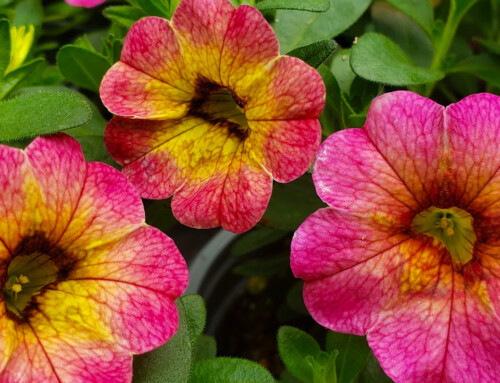
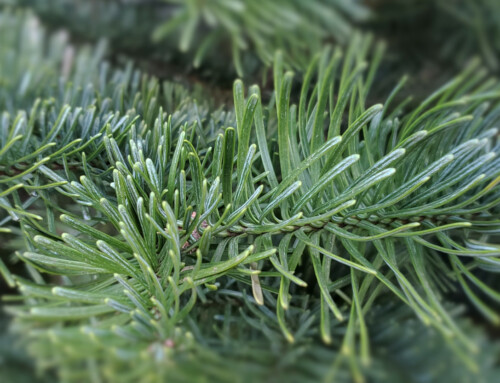
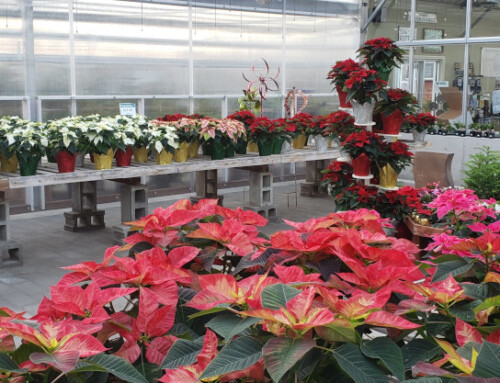
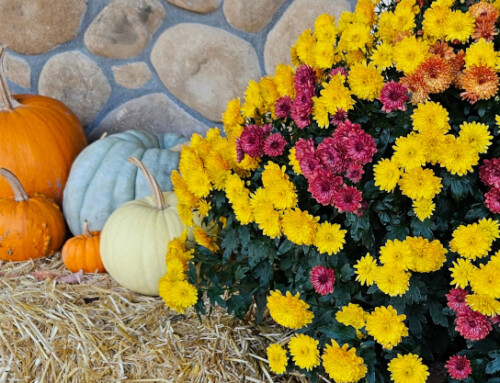
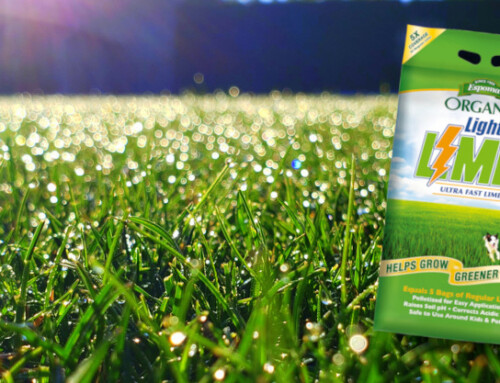
Leave A Comment